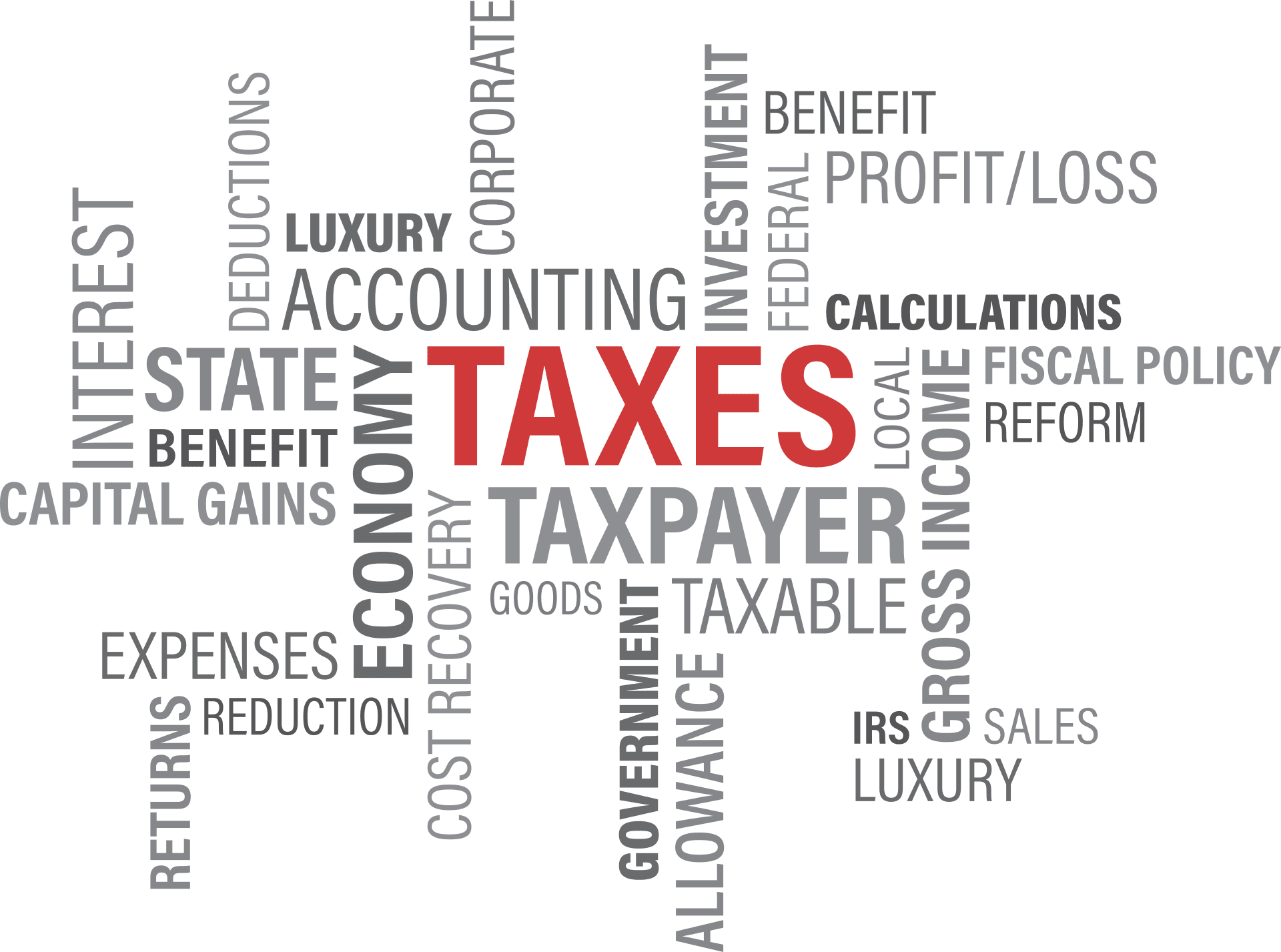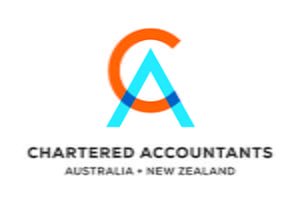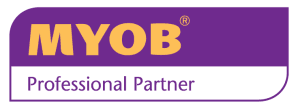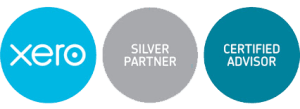As we near the end of the financial year, there are a few items that individual taxpayers should ensure are considered before June 30.
Motor Vehicle Expenses:
From the 2015-16 year and onwards, it was announced that there are only two methods to claim a deduction for motor vehicle expenses:
- Cents per kilometre (66c per km for up to 5,000km) – no need to keep actual receipt just a diary/logbook so we can calculate usual work travel
- Log book method (where are % of expenses are claimed based on your work related use of your vehicle)
Please note your logbook is only valid for 5 years, however you should update your logbook sooner in some circumstances such as:
- You change jobs
- The use of your MV in your current role changes significantly
- You purchase a new vehicle
Please keep detailed records of all your motor vehicle expenses as this assists us in maximising your deduction.
Donations:
Donations of over $2 to approved organisations and charities are tax deductible. Please ensure you retain these receipts.
Travel allowance deductions
The ATO currently has an audit focus on travel allowance expenses so taxpayers should be aware of this. There are a number key eligibility points to be aware of if you are intending on using the ATO’ standards travel rates:
- you must be receiving a bona fide travel allowance from your employer;
- you must be working away from home (on overnight stays) in the course of performing employment duties;
- you must calculate the claim correctly for your salary level and location of work; and
- you must be able to show that you are incurring travel expenses.
The way that your employer provides and reports the allowance can impact on your risks in this regard, so please contact us prior to 30 June if you wish to confirm any requirements.
As audit risk is high with these claims, we recommend that you discuss your situation in detail with us at your appointment.
Medical expenses tax offset:
To be eligible for a 20% tax offset, eligible net medical expenses must exceed the minimum threshold of $2,229 pa. The offset is calculated as 20% of the excess over $2,299 if you earn less that $90K or $5,423 if you earn in excess of $90K).
Please note, whilst in past years you could claim for general medical, since the 2015/16 financial year, the medical expense offset is now limited to the following items:
- disability aids
- attendant care
- aged care
Rental Property Owners
In order to maximise your rental property deductions, you should consider using a Quantity Surveyor to provide you with a Property report for capital allowance & capital works (depreciation) deductions.
Superannuation – government co-contribution
The maximum co-contribution amount that you can receive is $500, based on an after-tax contribution of $1,000 (i.e. for every $1 contribution made, the government contributes $0.50). This is reduced by 3.33 cents for each $1 of income over $36,021 pa up to $51,021 pa. There are other qualifying criteria, so please call us if you wish to discuss your individual circumstance.
Interest income:
Please don’t forget to check your bank & savings accounts to determine the interest you have received during the financial year as this must be declared in tax return.
While we do have access to some of this information when it is reported by bank to the ATO, there is a timing delay so if you lodge your return we may not have access to this data yet.
Medicare Levy Surcharge (MLS) and Private Health Insurance Rebate (PHIR)
The thresholds for the imposition of the MLS (if not covered by private hospital insurance) are broadly as follows:
- singles (no dependants) – $90,000 pa; and
- families – $180,000 pa (plus $1,500 for each dependant child after the first).
Note that there are a number of income amounts such as reportable fringe benefits, reportable superannuation contributions and investment losses counted in testing against these thresholds.
We further note that there is a “tiered” system for calculating MLS in the 2017 income year. The rate of MLS will be between 1% and 1.5% depending on the extent to which income exceeds the above thresholds.
In addition, the PHIR is also means tested in the 2017 income year under a “tiered” system. The rate of rebate will be between 0% and 30% depending on income levels. This means some taxpayers who have claimed a full 30% rebate from their health insurance provider on their premiums will have an additional liability on lodgement of their return
Areas of ATO focus in 2017
The ATO’s “Building Confidence” publication reminds individuals of its extensive data matching capabilities, based on information it receives from various sources including banks, share registries, employers, government agencies, and via its network of global information exchange agreements. In terms of focus areas for compliance activities, the ATO continues to closely monitor:
- claims for work-related expenses that are unusually high relative to others across comparable industries and occupations;
- excessive rental property expenses;
- non-commercial rental income received for holiday homes;
- interest deductions claimed for the private proportion of loans; and
- people who have registered for GST but are not actively carrying on a business
Please do not hesitate to contact one of our team to discuss any of the information contained in this update or book now to make a time to complete your 2017 income Tax Return.

Article Written by Callinda Beale.
Callinda is a member of the Institute of Chartered Accountants
and a Director of South East Accounting.










